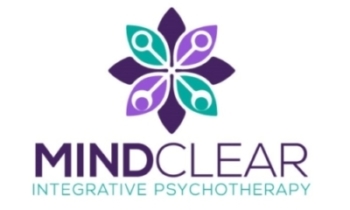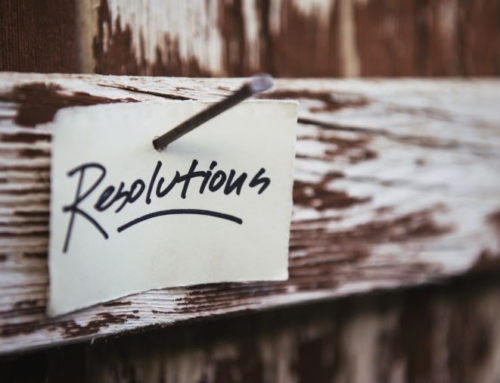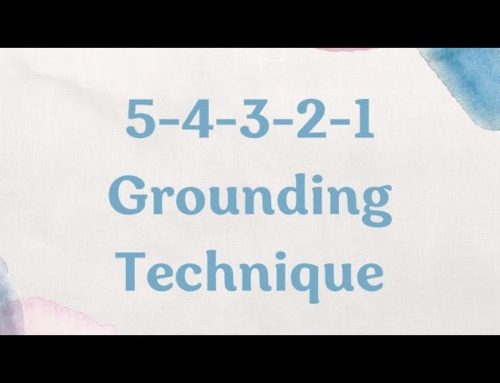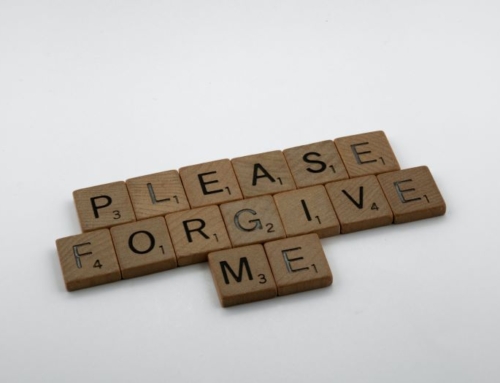Psychedelics: A Promising Treatment Approach
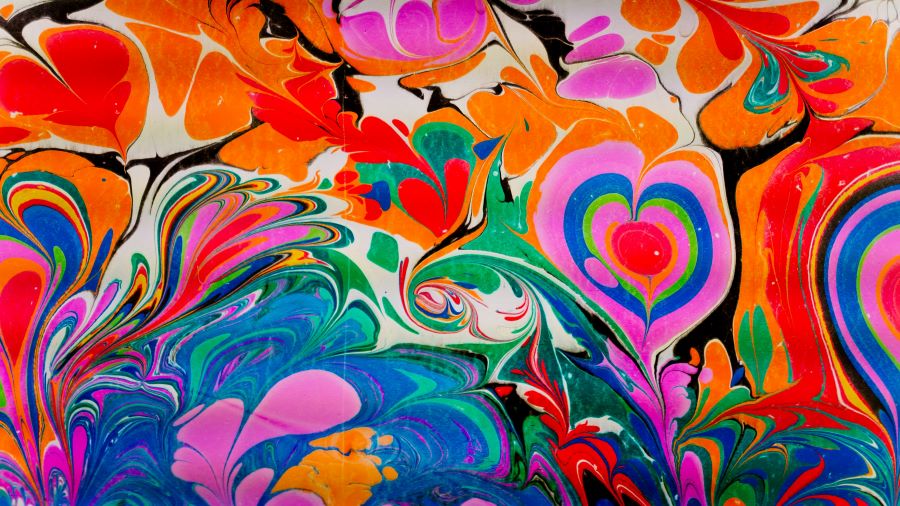
Photo by Raimond Klavins on Unsplash
By Anya Dangora
Psychedelics are having their second renaissance in the Western world. Although there are many controversial and taboo aspects surrounding any discussion of psychedelics, these are waning in favor of realizing their many therapeutic benefits. More and more of even the staunchest and most conservative academics are coming to the conclusion that these drugs offer powerful possibilities in the healing of so much of what ails us.
So, let’s dive into some of the details…
What Are Psychedelics?
Psychedelics, also known as hallucinogens, are a class of mind-altering substances that produce changes in perception, thinking, sense of time, and acquiring knowledge. Some psychedelic components are found in nature (plants and fungi) while others are made in a lab. All hallucinogens cause changes in thought processes, mood, and perception of reality.
These drugs are classified into three different categories based on how they work in the brain: (1) classic psychedelics (e.g. psilocybin and LSD), which mainly impact the processing of neurotransmitter serotonin, (2) dissociative drugs (e.g. ketamine, PCP), which affects the processing of glutamate, and (3) other drugs (e.g. MDMA, salvia) which produce psychedelic or dissociative effects by other means.
There are a wide range of effects, including: auditory and visual hallucinations; strong emotions such as happiness, euphoria, connectedness, fear, panic, anxiety, and confusion; and strange experiences such as feeling outside of one’s body, detached, reliving memories, and seeing vivid shapes and colors.
Researchers believe there is no known lethal dose for many psychedelics, making it different from other, more common psychiatric drugs. While they may not kill you, there are potential harmful effects including, very rarely, features of psychosis that can last beyond the trip itself. More commonly, individuals may have a bad trip, which can lead to increases in emotional distress both in the short and long term. They also can cause headaches, nausea, vomiting, and changes in heart rate.
Psychedelics Throughout History
In beginning to understand psychedelics, it’s important to consider their place in history. Though they may be new to being accepted in modern medicine, they’ve been around for a very long time. In fact, psychedelic plant medicine (including Peyote, Ayahuasca, and psychoactive mushrooms) has long-been integral to the spiritual practices of many indigenous cultures around the world, with purposes including but not limited to healing suffering.
While indigenous peoples have used psychedelics for thousands of years, modern Western medical psychedelic research began when Albert Hofmann first synthesized LSD in a lab in 1938. Commercial pharmaceutical use began in 1947, with LSD being used to study psychiatric conditions at the time. Therapeutic research of psychedelics continued through the 50s and 60s.
In 1973, however, the US federal government classified psychedelics as illegal schedule I substances, prohibiting the possession of these substances even for research purposes. Reasons for this ban are speculated to be multifaceted, including the War on Drugs (as well as the racial and socioeconomic issues that went with it), tighter regulations on pharmaceutical research, poor clinical trial results, and the pharmaceutical industry’s diminished interest in funding.
So, psychedelic use in the West went underground. People continued to use psychedelics on their own, with dissident therapists, and/or through indigenous or new age spiritual retreats abroad. These retreats offered then what modern medicine is only now beginning to “discover.”
During the last 10 years or so, societal beliefs around drugs (and the War on Drugs) has shifted dramatically. Along with this change in attitude has come a greater acceptance of their use in formal research.
Since 2020, Oregan and California have fully legalized the supervised adult use of psilocybin (the active compound in magic mushrooms), despite it remaining federally illegal. Many other states followed by seeking legalization and decriminalization suits. Certain cities have decriminalized psychedelics, and biotech companies are seeking FDA approval in parallel.
A nasal-spray administered ketamine called Esketamine (Spravato) is the only currently FDA-approved psychedelic treatment. Several other psychedelics (psilocybin, MDMA, DMT) are currently in active clinical trials.
It is worth noting that the Westernization of these drugs is not without controversy. The medicalization, appropriation, and commercialization of indigenous spiritual practices has rightfully raised ethical concerns, including a lack of recognition of sacredness and culture, exclusionary practices in research and scale up endeavors, and threat to intellectual property rights.
The Therapeutic Effects
Researchers are interested in psychedelics due to their apparent ability to create openness in thoughts and habits. In a way, they help a person feel less stuck in rigid patterns that tend to underlie emotional distress. Psychedelics are also said to have longer-lasting therapeutic effects and less adverse side effects than SSRIs, like Prozac or Zoloft.
For instance, if you feel depressed, you likely frequently experience sadness, hopelessness, and lack of motivation. These feelings are often the result of rigid pathways laid down in the brain that you get stuck in and can’t find a way out. Studies indicate that after undergoing psychedelic treatment, you may find relief from these distressing experiences due to intense alterations in your state of mind and perception. The drugs sort of pull you out of the mud, so-to-speak.
The effects of psychedelic use can last months and even years beyond the trip itself. This may be due to neuroplasticity, which is a process involving structural and functional changes in the brain.
In other words, under psychedelics, parts of the brain that wouldn’t normally communicate, do.
Another proposed mechanism for the therapeutic benefits of psychedelics is the concept of ego death, or ego dissolution. Ego death has been described as the feeling of being one with the universe, and an understanding that death of the physical body is not an absolute end of consciousness. It may also feel like looking down at one’s body from above or traveling through outer space.
In fact, a single, high-dose psychedelic experience can lead people to believe the self is dying or, indeed, has died. While terrifying for many, studies on near-death experiences demonstrate that the extent to which people believe or accept they are dying is ultimately associated, perhaps ironically, with decreases in fears of death. Similar to any exposure-type therapy, facing your fears can sometimes make them dissipate.
Regardless of the mechanisms, in a more flexible state, the brain is more susceptible to change, something very difficult for so many. Psychotherapy can be more useful when you are more open and adept to change as a result of psychedelic use. It’s important that meaning-making and integration be explored soon after their use, however.
Overall, psychedelic therapy can reduce patterns of avoidance, increase openness to concepts and others (including the therapeutic process), decrease anxiety, decrease post-traumatic stress, and mitigate or even stop addiction cycles.
Psychedelics have a long-checkered history in the United States. We still don’t have many concrete answers as to how or why they work. This is fitting with the topic of psychedelics, which promotes questioning of concrete knowledge.
As a relational psychodynamic psychotherapist, I believe the potential prosocial impact of psychedelic therapy seems key to helping individuals heal from past trauma, since one of the most harmful aspects of experiencing trauma is the loneliness and isolation that often comes in the aftermath. We grow in relationships, so improving one’s capacity to interact with others and getting un-stuck are key to any healing.
Further learning: Any Huberman podcast on psychedelics: https://www.youtube.com/watch?v=eIxVfln02Ss

